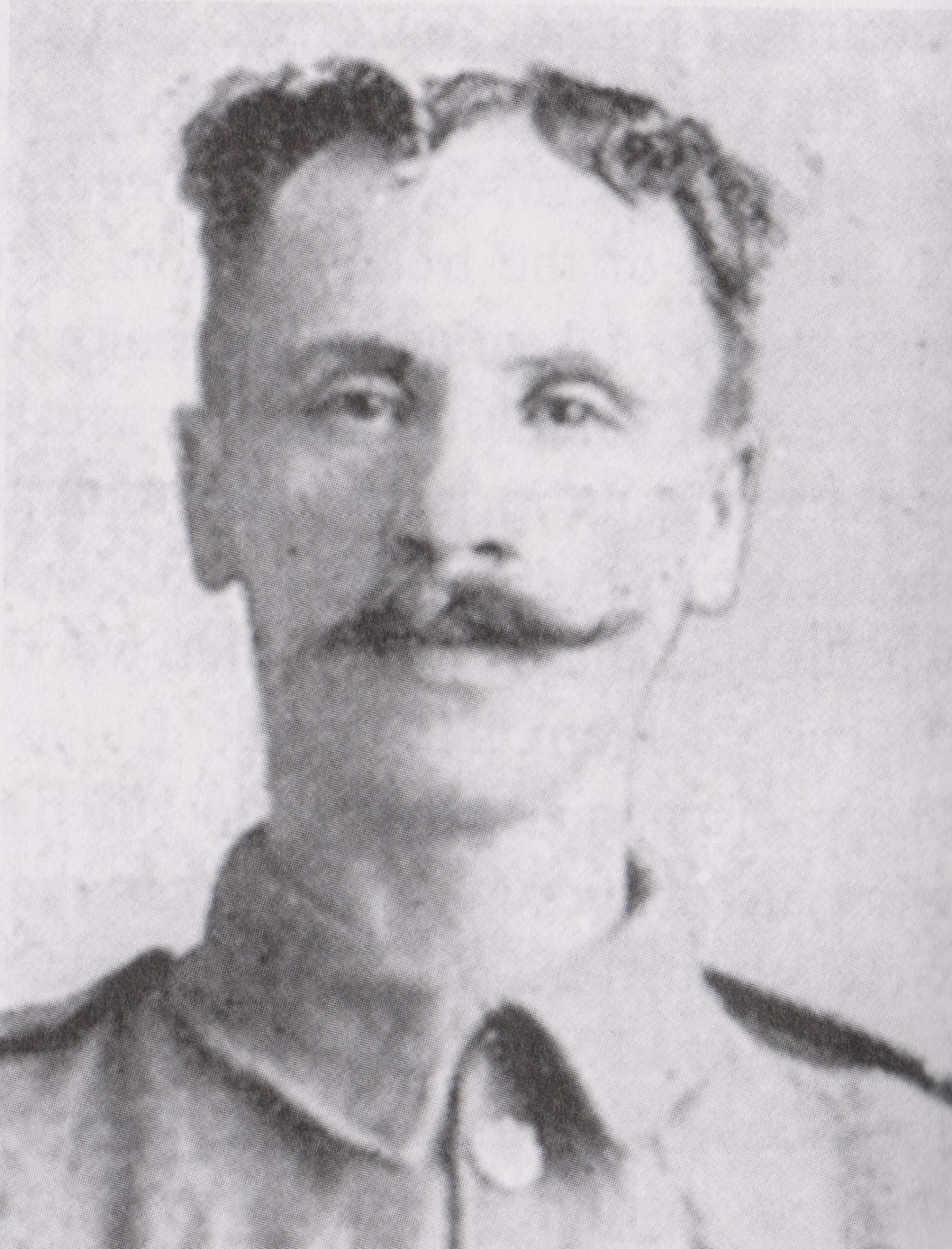
John was born in October 1876, the eldest son of Warrin and Ellen Mitton of Hawes. His father Warrin was both a joiner and a farmer. John married a girl from the Leyburn area, Mary Teresa, in July 1905 and had two daughters. Before joining the Army he spent four years as a postman in Raydaleside and previous to that, for about 14 years, a rural postman at Finghall near Leyburn. It was while he was there he got married. On leaving Finghall the people on his round presented him with a marble clock, pipe and a pouch containing some money. Needless to say he was a very well liked postman!
He played for Hawes football team for many years, and for two years the club secretary. He was a fine billiards player and a member of Hawes Church choir. John was described as a cheery likeable chap.
John enlisted at Leyburn joining the 2nd Battalion Yorkshire Regiment and embarked for France at the end of July 1916. On April 7th 1917 the Battalion readied itself for the Arras Offensive which was due to start on the 9th. Private John Mitton was killed on that opening day. He was 40 years old.
John is buried in the Neuville-Vitasse Road Cemetary, SE of Arras.
Explore more memories from the ribbon
-
Thomas Holman
Thomas Holman, great-grandfather of Carl Watts, the Green Howard Museum’s Learning Officer, worked as a boiler maker at the Wellington Foundry in Lincoln. At the outbreak of war the company which owned the foundry, Fosters, converted production from agricultural vehicles to war machinery. It was here that the first tanks were developed under the management of William Tritton. Secrecy was of the utmost importance, and the original code name for the revolutionary new vehicle was ‘The water-carrier for Mesopotamia and Russia’. Bill Rigby, chief draughtsman and designer recounted in the mid-1980s that eventually a group of the boiler makers came to is office, fed up with the long winded code name. Their suggestion that it should just be referred to as ‘the bl**dy tank!’ has stuck with the vehicle and its successors ever since. Thomas Holman is pictured with colleagues back row, third from the left in front of ‘Lurcher’ a Mark IV male tank in November 1917. His brother George Edward Holman served with the 6th battalion Lincolnshire Regiment at Gallipoli, Egypt and France. The efforts of the brothers were combined on 15 September 1916, as 6th Lincs were at the Battle of Flers Courcelette – the first battle to see the use of the tank.
-
John Albert Lancaster
Submitted by Glennis Robson. John Albert Lancaster was my uncle, he was my mother’s elder brother (13 years older). My mother spoke of much loved brother who was a source of goodness and “spoilt” his baby sister. On receiving the news of his death my grandmother picked my mother up from school. They made their way home down the back lanes to hide their tears from passers by. “Jack”,as he was known, was killed on the 16th of October 1917 at hill 60 in Flanders aged 19 after only a few months at the front. He enlisted in the Duke of Wellington’s (West Riding) regiment on the 6th of December 1916 in Newcastle. His father William, a farrier, also joined up declaring that if his son was prepared to fight so was he. Unlike his son he survived the war. Having no known grave his name is on the Menin Gate. In 1988 my husband Keith and I visited the Western Front to see his name and the battlefield where he died. Since then “our Jack” has been in the consciousness of the wider family. Every November we place a poppy cross by my mother’s grave-stone in St Mary’s churchyard.
-
2nd Lieutenant Richard Birkenhead Wilton
Richard Birkenhead Wilton was the son of Charles and Elen Wilton of Stafford. After the outbreak of war Richard joined the 15th (Reserve) Battalion of the Yorkshire Regiment which had 12 officers and 750 non-commissioned officers and men. The battalion moved from Skipton to Rugeley in Staffordshire. In January 1916 Richard is listed as a temporary Second Lieutenant in the Reserve battalion. November 1916 sees him transfered at that rank to the 9th battalion. The Green Howards Gazette records that Richard was Killed in action on 1st October 1917. On the night of 30th September the 9th battalion took over from the 8th battalion in the line where the war diary states “Very heavy barrage put up by enemy from 4.30am; ‘C’ Coy on our left attacked; heavy casualties feared. Communication between HQs and Coys very difficult” His death is recorded on the Tyne Cot Memorial in Belgium.
